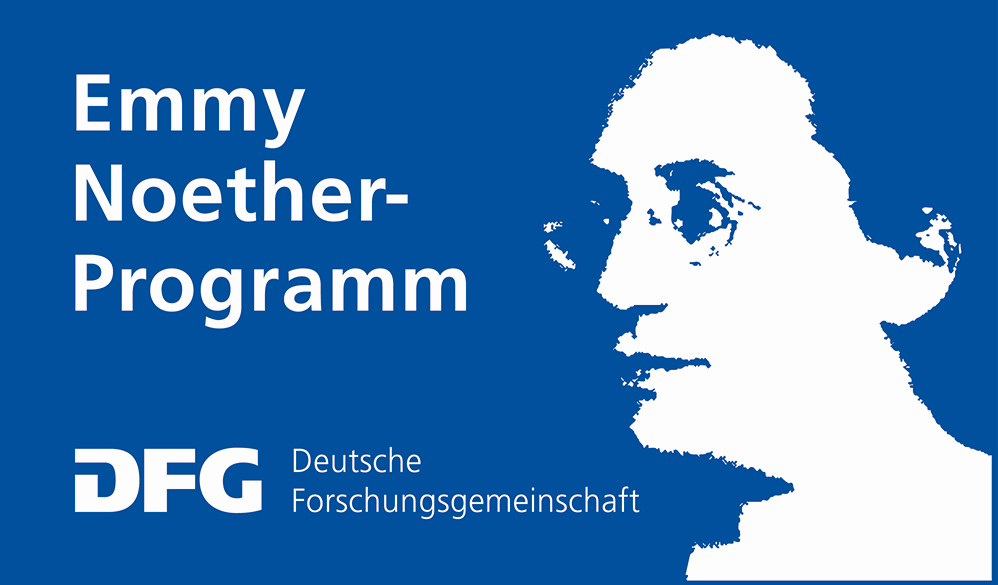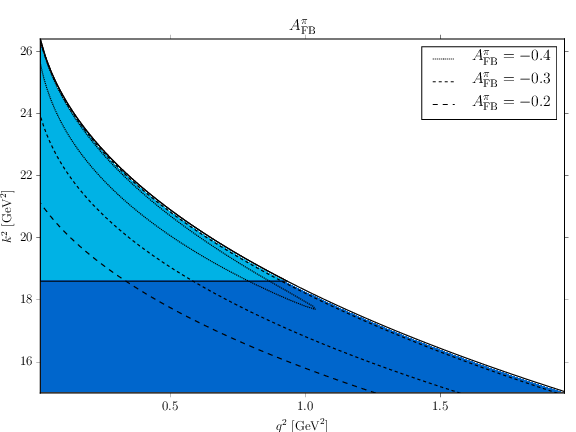DFG Emmy-Noether Junior Research Group
Since August 1st 2017, the continued development and maintenance of EOS is funded by the Deutsche Forschungsgemeinschaft (DFG) as part of a DFG Emmy-Noether Junior Research Group.

Since August 1st 2017, the continued development and maintenance of EOS is funded by the Deutsche Forschungsgemeinschaft (DFG) as part of a DFG Emmy-Noether Junior Research Group.

A new class QualifiedName was added to EOS, in order
Constraint and Observable names, andBeside centralizing and reducing the code, in the process the syntax
of these qualified names was changed in a backward-incompatible way.
As of commit 348db60,
a qualified name’s list of options is separated from the rest of the name
by a ; character, e.g.: B->pipilnu::BR;model=CKMScan.
The rationale for this change is that it makes the parsing a lot easier, and also
allows for the usage of , characters in observable names. The latter is
quite handy in order to distinguish between observables of the same basic name
but varying dependence on kinematic variables. For example, we can now
distinguish between three- and two-differential branching ratios
ℬ(B → π π ℓ ν) through the names B->pipilnu::BR(q2,k2,cos(theta_pi))
and B->pipilnu::BR(q2,k2); see commit c897932. Also, the manual
was updated and can be found in the usual place.
A big thank you to Rafael Silva Coutinho for help and discussions.
I have tagged the btopipilnu-qcdf release of EOS, which was used to produce the numerical results in EOS-2016-04. Noteworthy on the physics side are
B->pipilnu::BR) and one
new signal PDF (B->pipilnu::d^3Gamma@QCDF).On the usability side, the new Python interface allows to produce publication-quality
plots. One such plot has been published in EOS-2016-04,
and shows contours of the pionic forward-backward asymmetry in B → π π ℓ ν decays.
 The Python script that was used to produce this plot has been made available as an
example.
The Python script that was used to produce this plot has been made available as an
example.
We moved from a six year-old hand written HTML file to Jekyll. Let’s see how that works out.